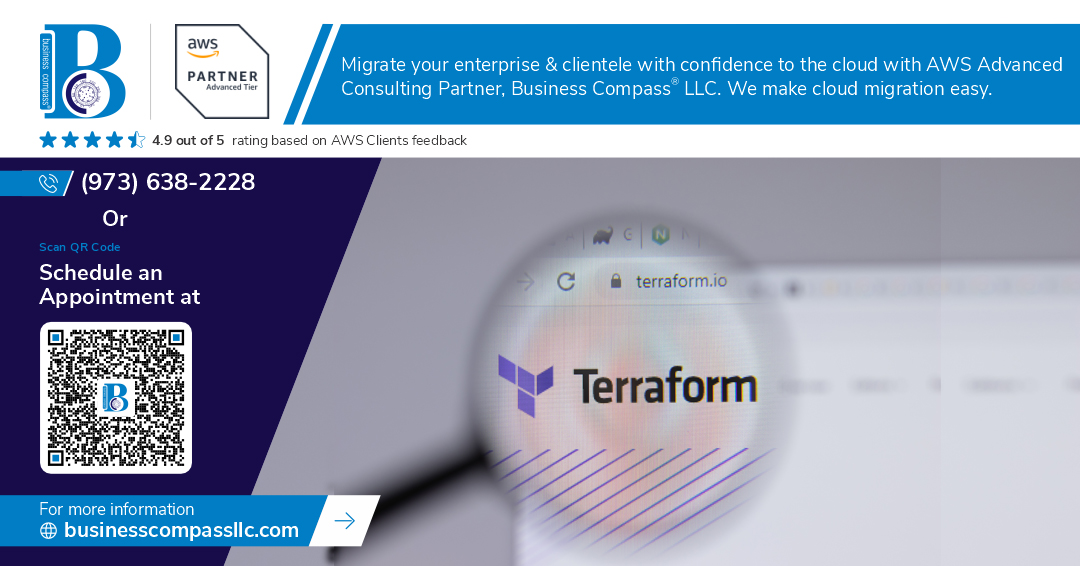Automate Your Cloud: How to Use Terraform for Infrastructure as Code
Introduction
In today’s fast-paced digital landscape, manual infrastructure management is time-consuming and error-prone. Enter Terraform, the open-source Infrastructure as Code (IaC) tool developed by HashiCorp, which revolutionizes how cloud infrastructure is provisioned and managed. Whether building scalable AWS architectures or deploying complex multi-cloud environments, Terraform enables declarative automation at scale with efficiency, repeatability, and confidence.
Why Terraform?
Terraform stands out in the IaC space for several reasons:
Platform Agnostic: Supports major cloud providers including AWS, Azure, Google Cloud, and many more.
Declarative Configuration Language (HCL): Describe the desired end-state, and let Terraform figure out the steps to achieve it.
Execution Plans: Terraform shows what it will do before it does it.
State Management: Maintains a state file to track resources for idempotent deployments.
Modular Architecture: Encourages reusability and code organization through modules.
Getting Started with Terraform
1. Installation
To install Terraform:
wget https://releases.hashicorp.com/terraform/1.7.5/terraform_1.7.5_linux_amd64.zip
unzip terraform_1.7.5_linux_amd64.zip
sudo mv terraform /usr/local/bin/
terraform version
2. Configure Your Provider
Start by setting up a provider block, e.g., for AWS:
provider "aws" {
region = "us-west-2"
}
3. Define Your Resources
Example: Launching an EC2 instance
resource "aws_instance" "web" {
ami = "ami-0c55b159cbfafe1f0"
instance_type = "t2.micro"
}
4. Initialize Terraform
terraform init
5. Plan and Apply
terraform plan # Preview changes
terraform apply # Apply infrastructure changes
Modularizing Your Infrastructure
Break down your Terraform code into modules for reusability:
module "network" {
source = "./modules/network"
cidr_block = "10.0.0.0/16"
}
This promotes maintainability, collaboration, and cleaner architecture in larger environments.
Managing Terraform State
Use remote state backends (like AWS S3 with DynamoDB for locking) to ensure team consistency.
terraform {
backend "s3" {
bucket = "my-tf-state"
key = "global/s3/terraform.tfstate"
region = "us-west-2"
}
}
Automating with CI/CD Pipelines
Integrate Terraform into your CI/CD pipelines using tools like:
GitHub Actions
GitLab CI
Jenkins
CircleCI
This ensures infrastructure deployments are part of your DevOps workflow, supporting automation, testing, and version control.
Terraform Best Practices
Use terraform fmt and terraform validate regularly.
Avoid hardcoding credentials—use environment variables or IAM roles.
Store state securely and use state locking.
Tag resources for visibility and cost tracking.
Use modules and workspaces to separate environments (e.g., dev, staging, prod).
Conclusion
Terraform empowers teams to treat infrastructure as code, enabling scalable, secure, and maintainable cloud automation. By leveraging its declarative syntax, robust provider ecosystem, and automation capabilities, organizations can deploy cloud infrastructure with speed and consistency.

Comments
Post a Comment